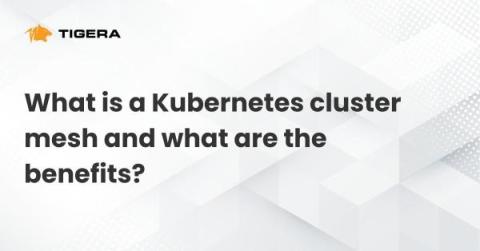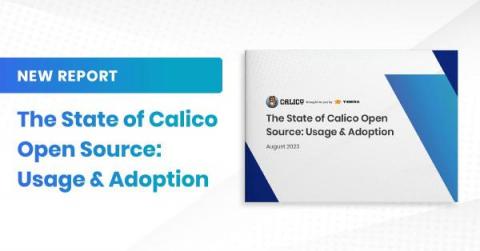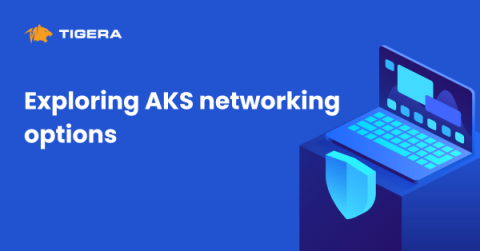What you can't do with Kubernetes network policies (unless you use Calico): Policies to all namespaces or pods
Continuing from my previous blog on the series, What you can’t do with Kubernetes network policies (unless you use Calico), this post will be focusing on use case number five — Default policies which are applied to all namespaces or pods.











